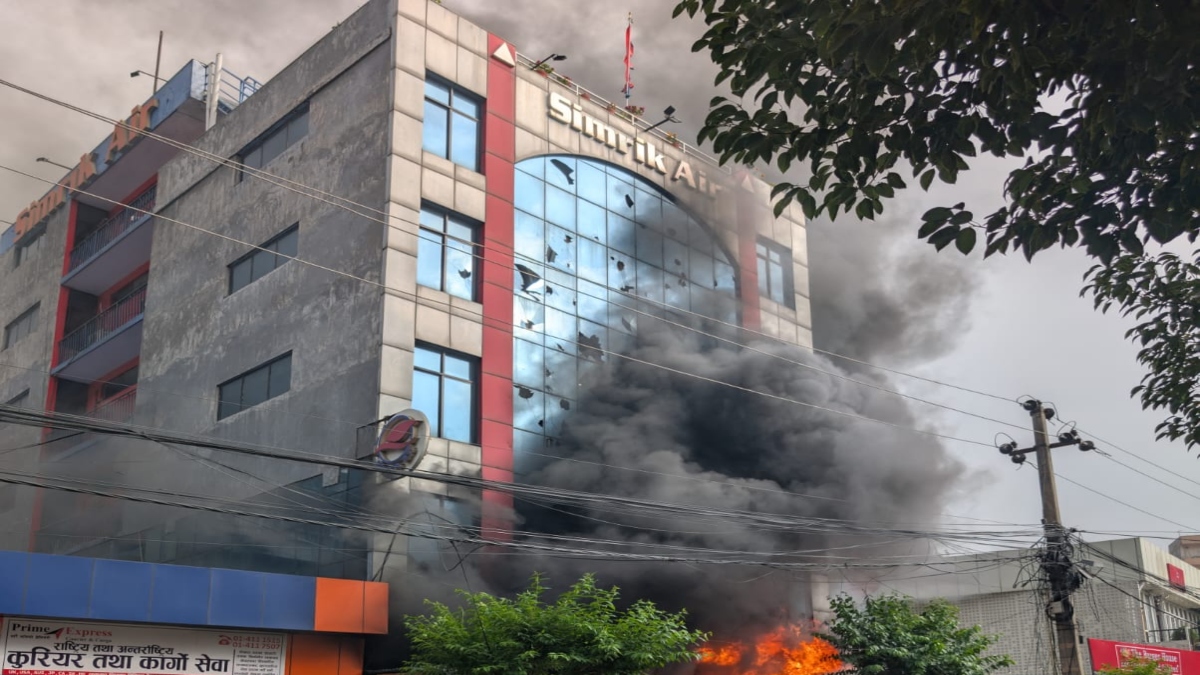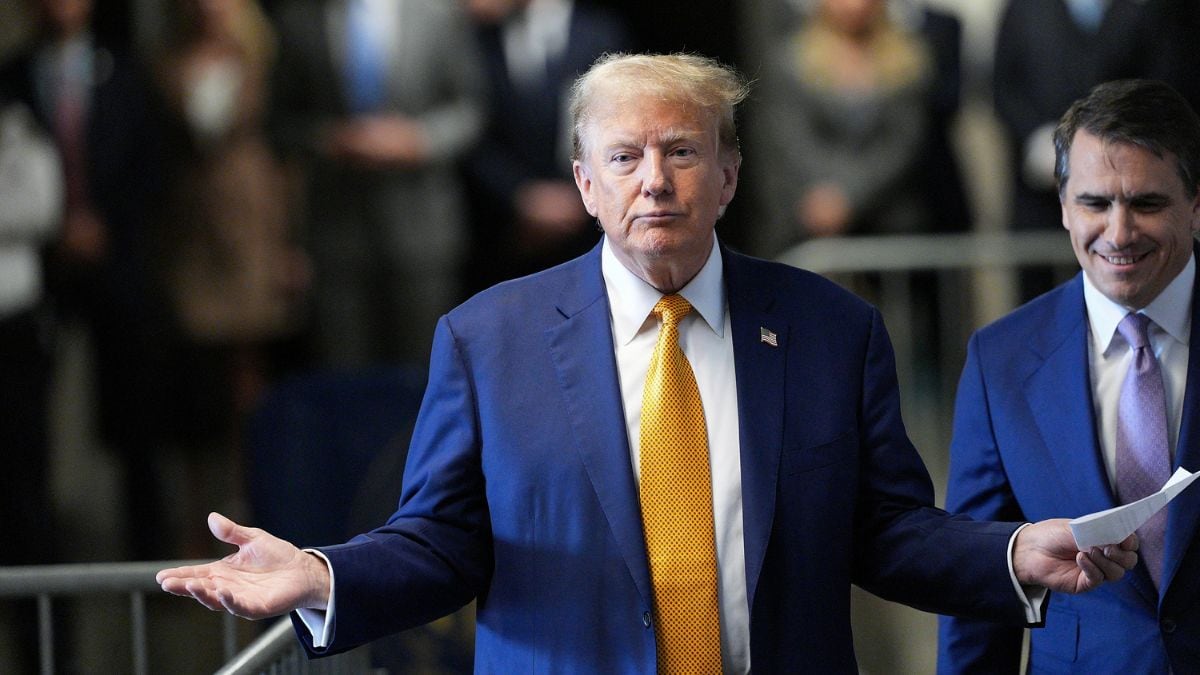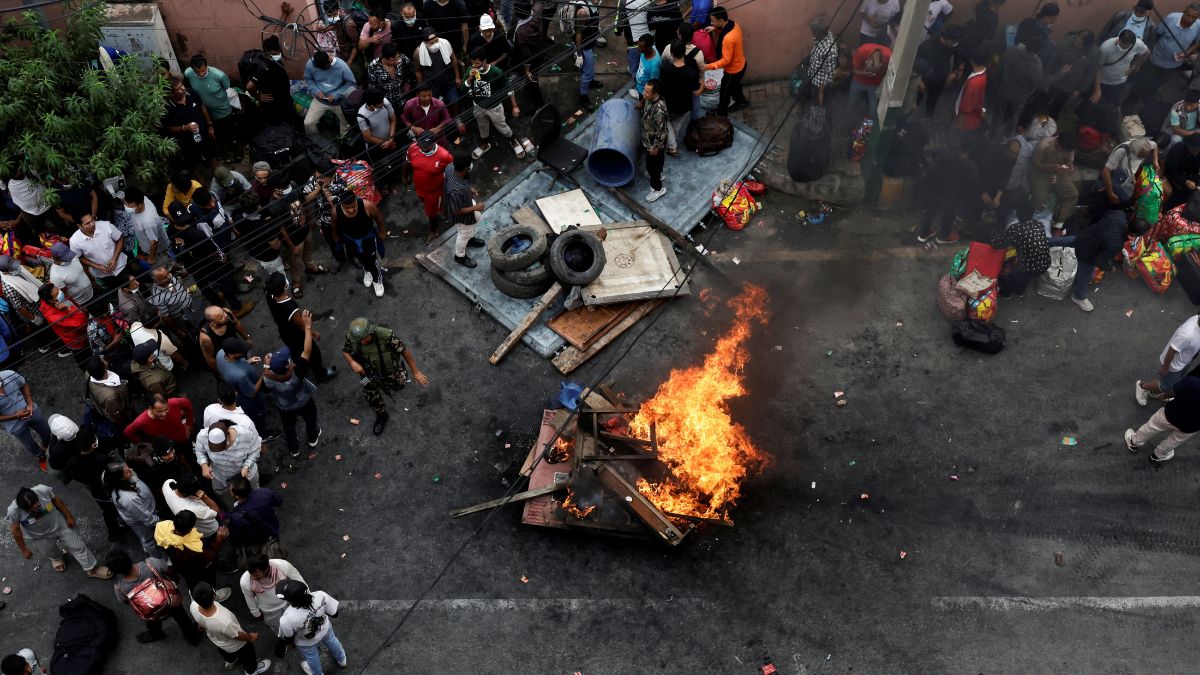What began as youth-led demonstration in Nepal has now escalated into a targeted campaign against the free press and educational institutions, as members and sympathisers of various political parties have hijacked the protests to settle scores and incite violence.
There is clear evidence that the protests, spearheaded by Nepal’s Gen-Z, have been overtaken by various political parties, including the Rastriya Swatantra Party, Rastriya Prajatantra Party, and CPN (Maoist Centre), among others opposed to the current constitution.
These groups are now being accused of orchestrating a series of violent attacks, particularly aimed at media institutions known for their independent journalism and anti-corruption reporting.
Two of Nepal’s largest media houses — Annapurna Media Network (AMN) and Kantipur Media Group — have become primary targets. AMN Chairman Captain Rameshwar Thapa is reportedly receiving life threats from unidentified individuals following a string of coordinated arson attacks.
Protesters have set fire to three of Captain Thapa’s residential properties in Kusadevi, Panauti, and Chapali Height, while the office of Simrik Air in Tinkune, Kathmandu — another business associated with Thapa — has been completely torched. All properties belonging to Simrik Air have reportedly been set ablaze.
Most notably, the Annapurna Media Network headquarters was set ablaze while journalists were working inside. This follows an earlier attack in May by pro-monarchy demonstrators who vandalized AMN offices. These repeated incidents point to what appears to be a systematic attempt to silence independent journalism.
Meanwhile, Kantipur Media Group, which runs several major print, radio, and television platforms, also came under attack, with parts of its building damaged by fire. Protesters have additionally vandalized NAMI College in Kathmandu and set fire to seven vehicles on campus.
Impact Shorts
More ShortsThe violence marks a dangerous turning point, with credible evidence suggesting that political actors are using civil unrest as a cover to intimidate the press and educational institutions. Despite escalating threats, state agencies have yet to respond with meaningful action, raising concerns about the rule of law and press freedom in Nepal.
The deliberate targeting of media and education sectors is being viewed as an assault not only on individual institutions but on Nepal’s democratic values and constitutional freedoms.
The demonstrations erupted last week after the government banned 26 social media platforms — including WhatsApp, Instagram, and Facebook — for failing to register with Nepal’s Ministry of Communication and Information Technology by a set deadline.
Critics slammed the move as an attempt to suppress a growing anti-corruption campaign. The government reversed the ban on Monday night amid mounting backlash.
Although the ban served as the immediate trigger, the protests have since evolved into a broader expression of public frustration with long-standing grievances against the country’s leadership and institutions.
The ensuing demonstrations turned violent in Kathmandu and some other cities in Nepal, with 29 protesters dying in clashes.
The Nepal Army on Wednesday imposed nationwide restrictive orders followed by a curfew to quell possible violence under the guise of protest, a day after deadly anti-government demonstrations forced Prime Minister KP Sharma Oli’s resignation, leaving key buildings in flames and the nation on edge.
With inputs from agencies


)

)
)
)
)
)
)
)
)



